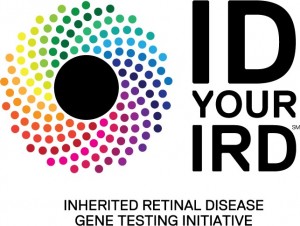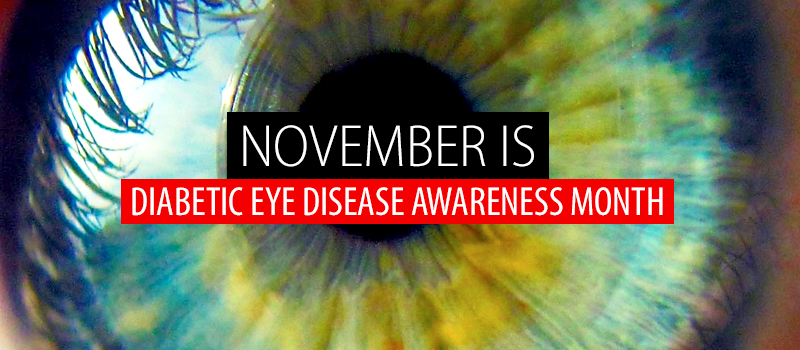From nei.nih.org 5/13/18 Immune cells called microglia can completely repopulate themselves in the retina after being nearly eliminated, according to a new study in mice from scientists at the National Eye Institute (NEI). The cells also re-establish their normal organization and function. The findings point to potential therapies for controlling inflammation and slowing progression of… Continue reading Immune cells in the retina can spontaneously regenerate
Category: Causes of vision loss
Free Genetic Testing for Inherited Retinal Diseases Now Available
Spark Therapeutics has created a genetic test for patients with inherited retinal disease that may provide important information that will help them understand their disease. The initiative was developed in response to feedback from advocates, families affected by retinal diseases and health care professionals about barriers to genetic screening. Spark is a gene-therapy company seeking… Continue reading Free Genetic Testing for Inherited Retinal Diseases Now Available
Strokes and Vision Loss
[vc_row][vc_column][vc_column_text]Almost half of stroke assessments do not assess vision. A recent University of Liverpool-led review of post-stroke screenings for visual impairments found that while 65-percent of stroke survivors suffer from a visual impairment, 45-percent of stroke units do not assess vision at all. The review states there is an urgent demand for a tool to examine… Continue reading Strokes and Vision Loss
November is Diabetic Eye Disease Awareness Month!
Diabetic eye disease is a leading cause of blindness and vision loss. Because of the high risk for this eye disease, all people with diabetes aged 30 and older should receive an annual dilated eye exam. For people with diabetes younger than 30, an annual dilated exam is recommended after they have had diabetes for… Continue reading November is Diabetic Eye Disease Awareness Month!




